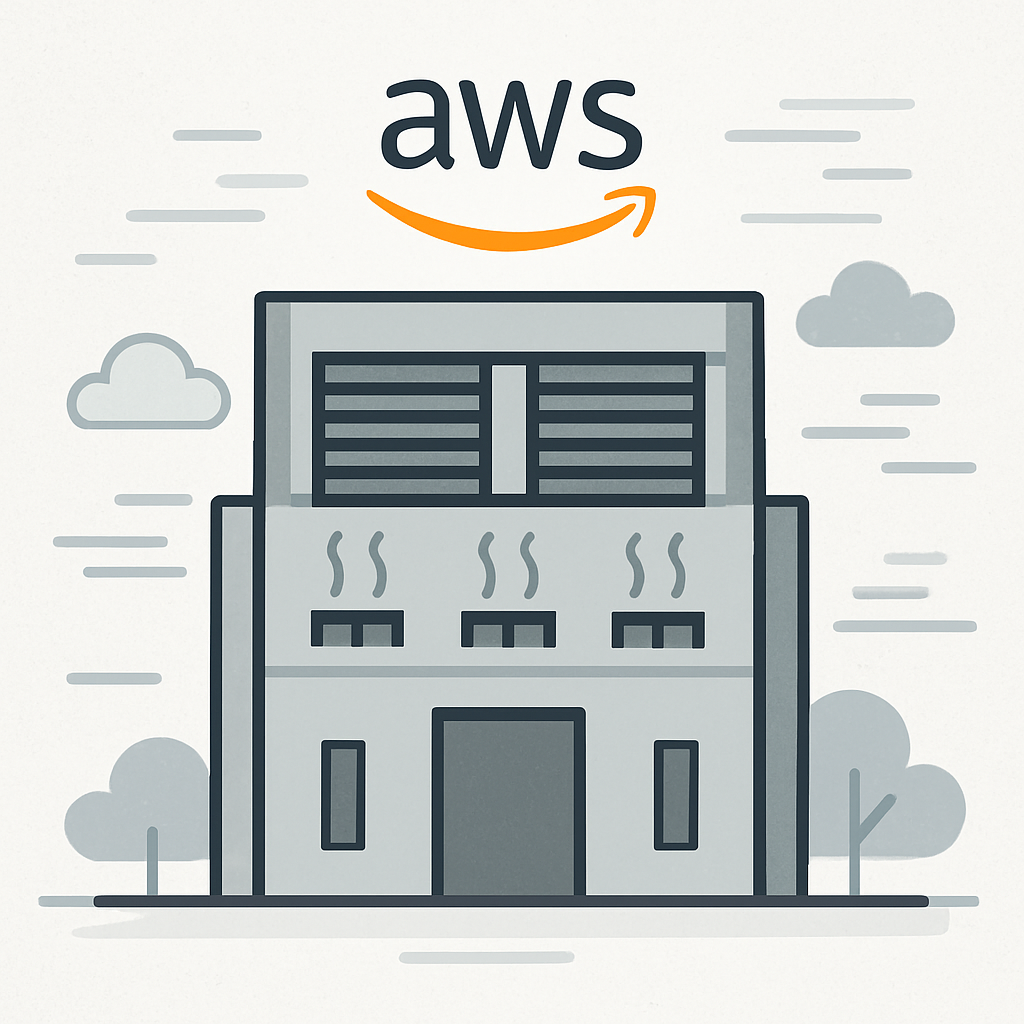Pushing Boundaries: Hyperscaler High-Efficiency Cooling
Achieving Ultra-Low PUE: The Hyperscale Edge
In the previous articles, we explored the fundamental heat challenges and the components of traditional cooling systems. Now, we turn our attention to the leading hyperscale operators—Google, Meta, Microsoft, and AWS—who consistently achieve Power Usage Effectiveness (PUE) levels significantly below the industry average (often between 1.1 and 1.2). Their success stems from unique advantages and sophisticated strategies tailored to their massive, standardized operations.
Unlike colocation providers who build for diverse client needs, hyperscalers design datacenters optimized for their specific internal workloads. This allows them to implement highly efficient, often non-traditional, cooling architectures that maximize performance and minimize energy overhead.

Hyperscalers operate at peak efficiency through tailored designs.
Key Strategies for Efficiency
Hyperscalers employ several key techniques to minimize energy consumption:
Leveraging "Free Cooling" or Economizers:
This involves using the outside environment to assist or completely handle cooling when conditions allow, bypassing energy-intensive chillers.
- >_ **Airside Economizers:** Use outside air directly or indirectly to cool the data hall air. Most effective in cold climates. Can be enhanced with evaporative cooling (misting water) in dry climates.
- >_ **Waterside Economizers:** Use a secondary water loop connected directly to cooling towers/dry coolers when outside temperatures are low enough, bypassing the chiller's refrigeration cycle.
Operating at Higher IT Inlet Temperatures:
Hyperscalers design custom servers capable of operating reliably at higher temperatures than traditional hardware (often >30°C, sometimes >40°C). This is a critical enabler for Free Cooling, as it increases the number of hours per year that the outside environment is cool enough to assist cooling.
Geography plays a vital role; Free Cooling is maximized in cooler, drier climates. Warm, humid locations like Singapore or India pose greater challenges.
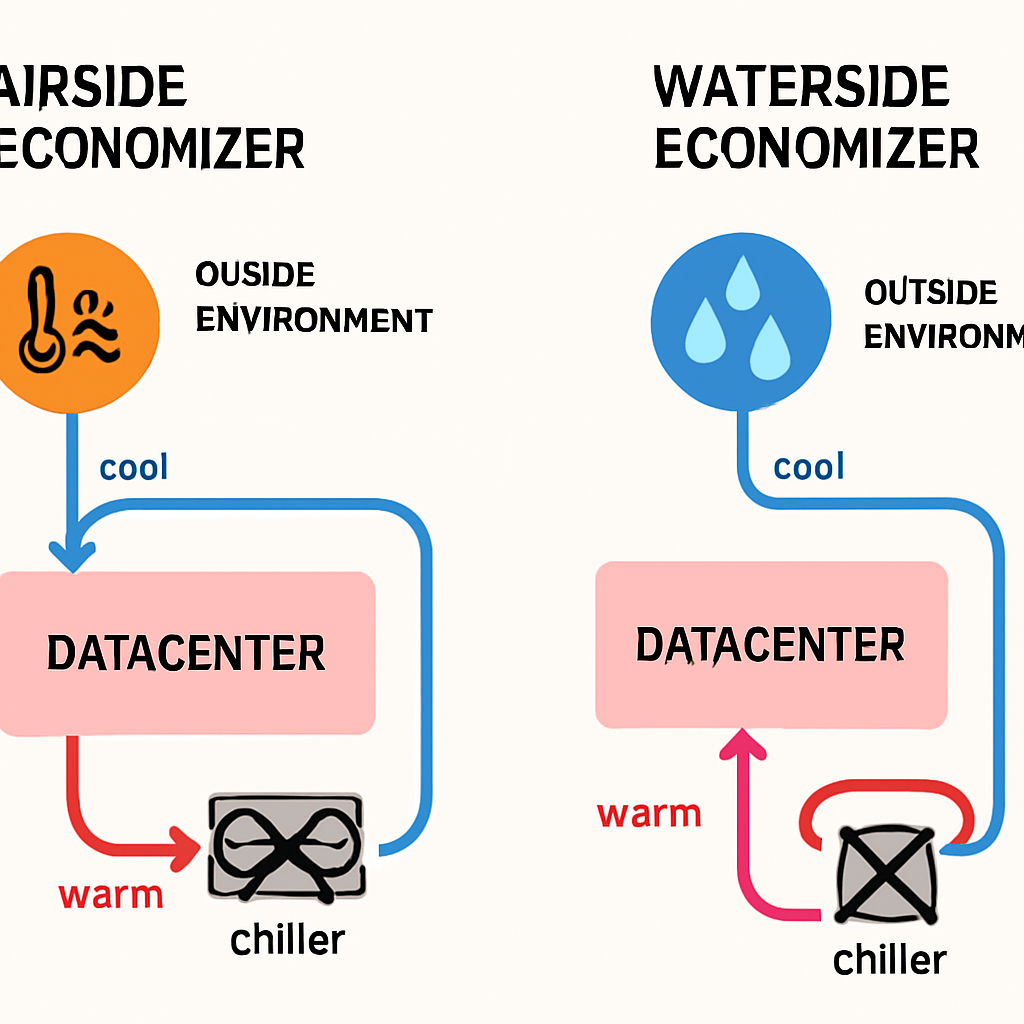
Leveraging the environment for cooling efficiency.
Hyperscaler Case Studies: Different Paths to Low PUE
While all hyperscalers target low PUE, they employ distinct architectures based on design philosophy, legacy infrastructure, and geographic needs. Reviewing their approaches reveals interesting trade-offs.
Microsoft: Airside & Adaptability
Microsoft's "Ballard" reference design emphasizes air-side economizers. Their "Direct Evaporative Cooling" system (Airside) uses outside air, humidifying it if needed for cooling. In dry climates like Phoenix, this allows chiller-less operation but results in high **WUE** (>2 L/kWh). In other climates, they use "Indirect Evaporative Cooling" with dry coolers.
This approach avoids chillers entirely in suitable locations, reducing CapEx, but means adapting the specific system design significantly based on geography.
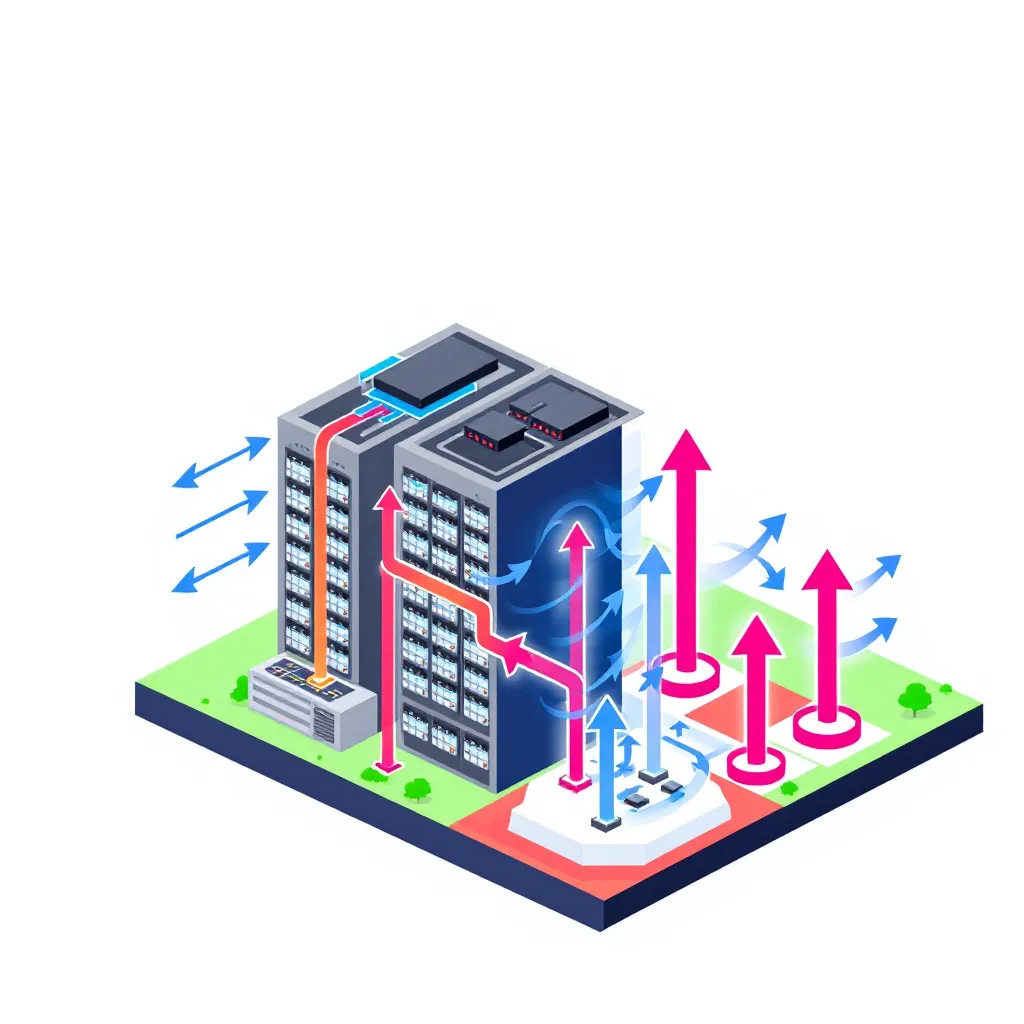
Meta: "H" and Direct Air Focus
Meta's renowned "H" design has achieved best-in-class PUE (1.08) and low WUE (0.20) for years using direct air economizers similar to Microsoft's Direct Evaporative Cooling, combined with high server inlet temperatures. This involves moving massive volumes of air at low velocity.
While highly efficient for traditional workloads, the "H" design's low power density and large physical footprint led to slower deployment times. This limitation has prompted Meta to develop new, AI-ready designs to handle the higher densities required.
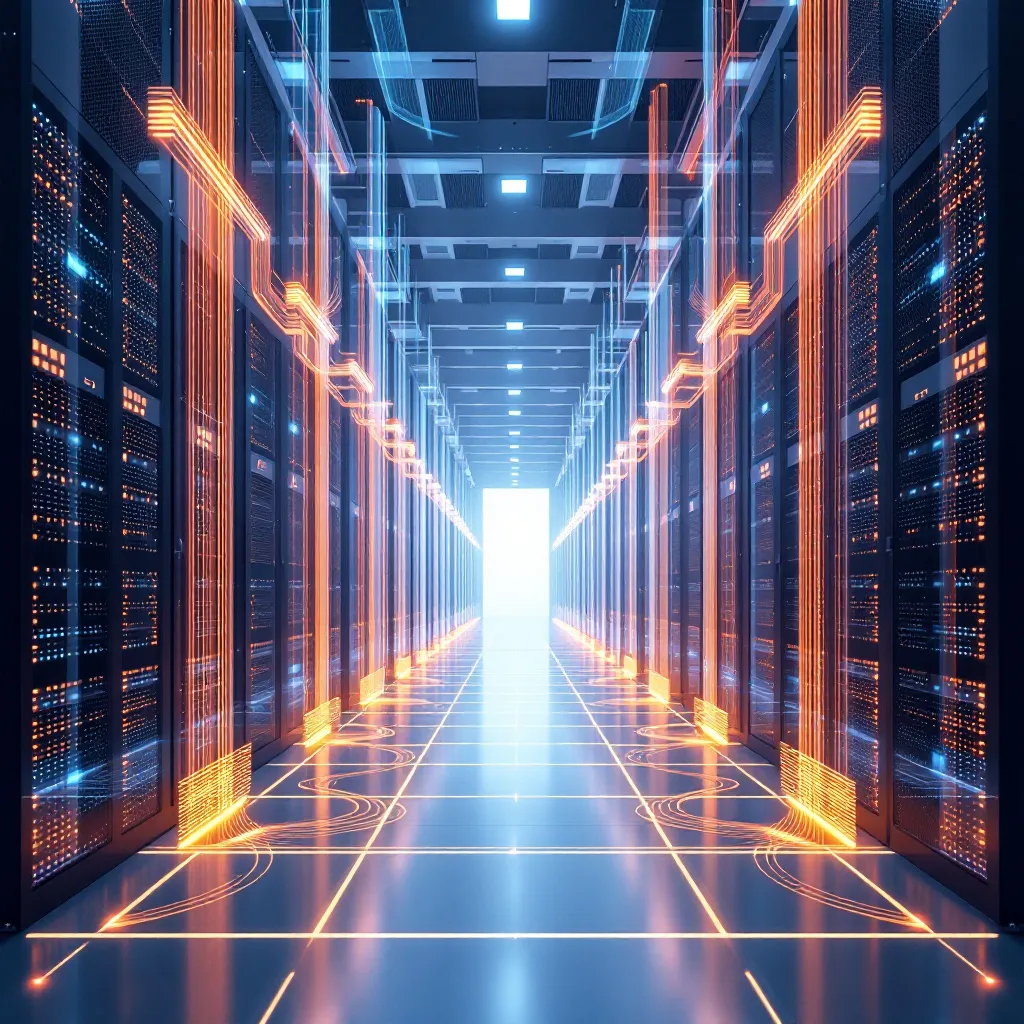
Google: Waterside & Water Trade-off
Google's approach often favors waterside economizers. They use two separate water loops; when outside conditions allow, water bypasses the energy-intensive chiller and goes directly to cooling towers or dry coolers via a plate heat exchanger.
This enables a very low PUE (1.10) and even "chillerless" facilities in some regions (like their Belgium campus). However, their reliance on evaporative cooling towers in many locations results in higher **WUE** (>1.0 L/kWh) compared to air-focused designs like Meta's or Microsoft's dry sites, representing a clear energy-for-water trade-off.
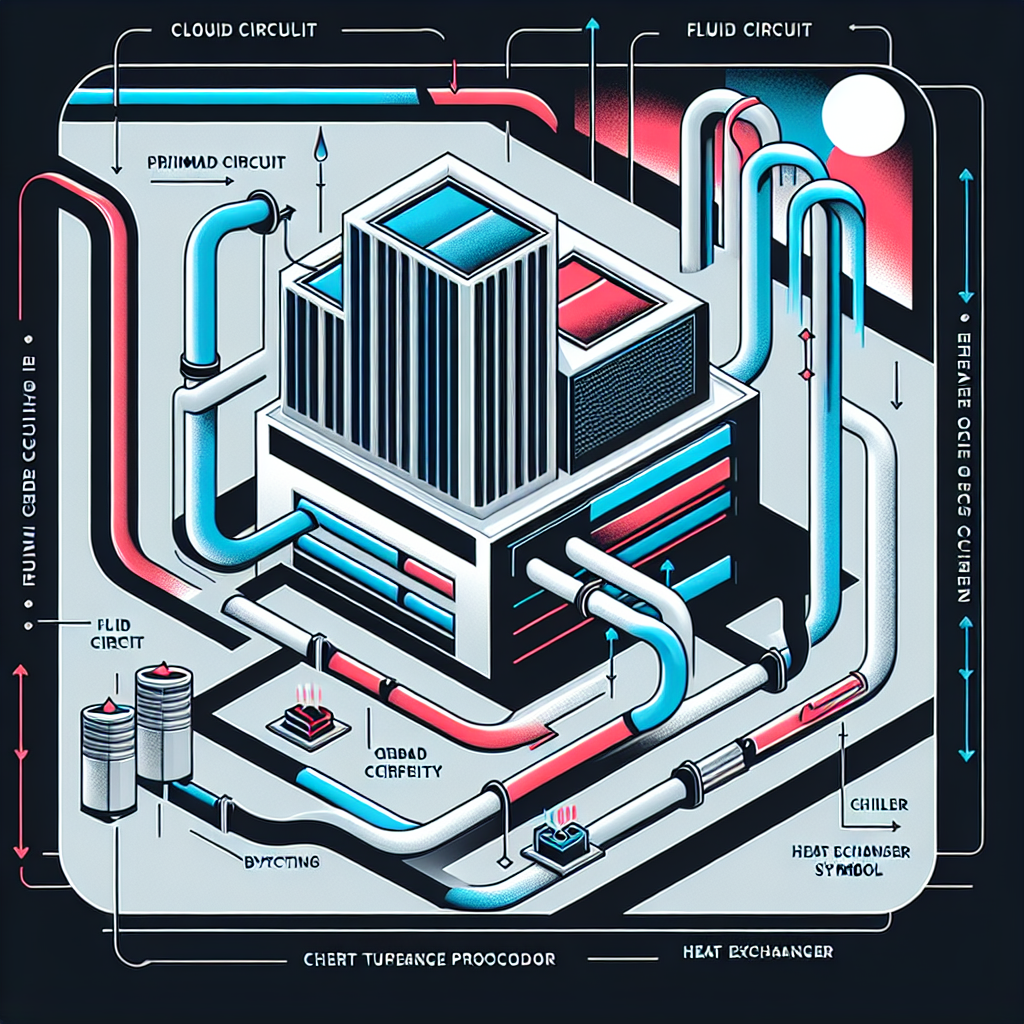
AWS: Less Public Detail
AWS publicly shares less detail about their specific datacenter cooling architectures compared to other hyperscalers. Based on satellite imagery and observed facility designs (like lack of visible large external cooling units in some locations), their approach appears similar in principle to Microsoft's and Meta's air-side economizers, using filtered outside air intake and hot air exhaust.
Like others, their designs are likely optimized for regional climate conditions to maximize Free Cooling opportunities and achieve high efficiency for their diverse cloud workloads.
